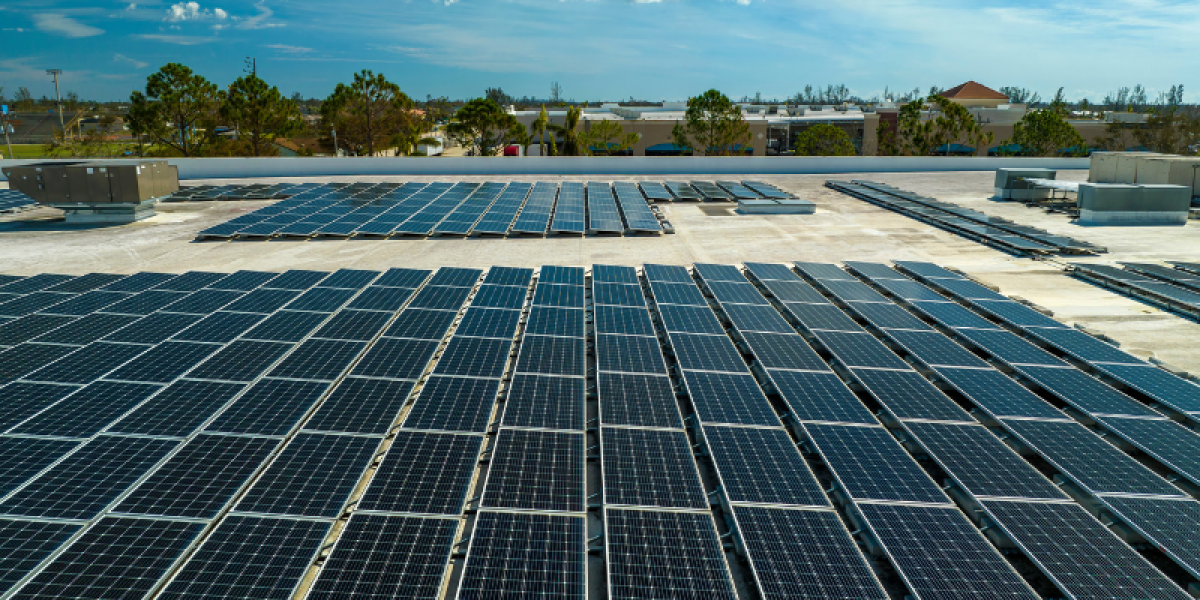Solar Photovoltaic: Australia ranks first for rooftop installed capacity. The IEA analysis
The EU has reached over 23 GW of solar photovoltaic capacity. But urgent action is needed to increase energy efficiency

Solar photovoltaic represents one of the most important technologies for the energy transition. In 2022 solar energy experienced the highest annual growth ever recorded.
A growth that, according to the provisions of the latest IEA analysis, should be even stronger during 2024 and 2025.
Solar PV: Australia surpassed 19 GW in 2022
In Australia, the percentage of solar energy installed on roofs per capita has reached the highest level in the world. With over 30% of the country’s homes equipped with solar systems, the total capacity exceeded 19 GW in 2022.
It is expected that the new systems installed in 2023 will be 3 GW and will provide electricity to 650,000 more households than last year, representing about 6% of all homes in Australia.
The spread of solar energy is rapidly spreading to other parts of the world. In the EU, more than 23 GW of solar energy capacity was added to roofs during 2022. In India, about 16 GW of distributed photovoltaics are already operating and the country has the ambitious goal of reaching 500 GW of installed capacity for electricity generated from fossil fuels by 2030.
According to IEA previsions, in the Net Zero Emissions by 2050 scenario the number of residential buildings worldwide equipped with photovoltaic panels will quadruple, rising up to 100 million by 2030 and doubling again by 2050.
Solar photovoltaics: anticipating the challenges is still fundamental
However, such a wide spread of photovoltaics requires enormous investments. The IEA talks about "anticipating challenges": the boom in the adoption of photovoltaics also increases the complexity in the energy management flows and the maintenance of the stability of the electricity system.
As a result, transmission system operators and distribution companies need funding to increase the long-term performance of plants.
Moreover, the widespread and developed photovoltaic requires sophisticated tools to take into account the amount of electricity produced to improve energy efficiency and consequently sustainability.


